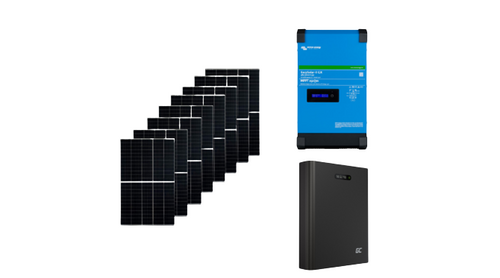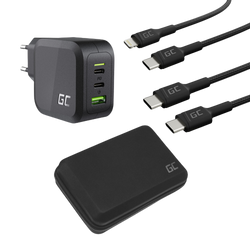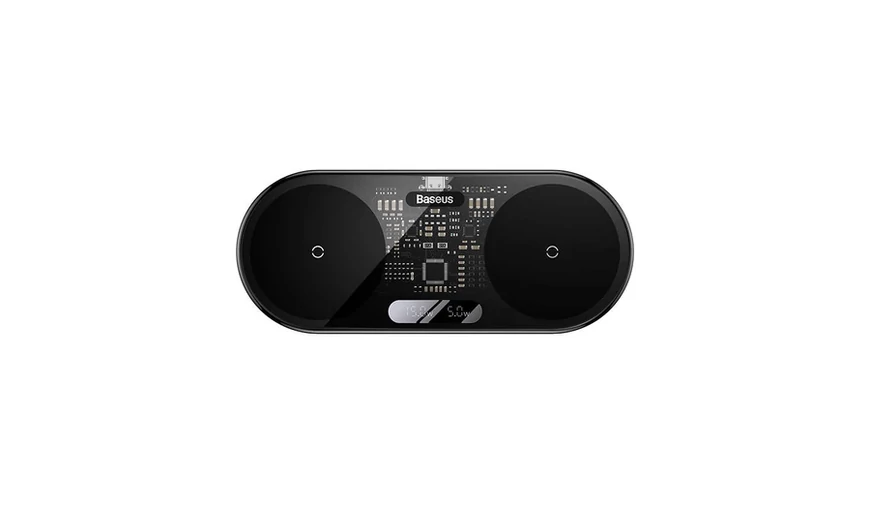What exactly does wireless charging mean?
Surely you've experienced moments in life when you wished you could get rid of all the cables on your desk or in your bag, or when you struggled to connect your phone to the charger in the dark. Among other things, wireless charging technology offers a very convenient solution to these problems.
Wireless charging is a technology that has existed since the late 19th century, when Nikola Tesla demonstrated that electric current could be transmitted through the air between two circuits. However, widespread use of the technology took another century. The real breakthrough came when wireless charging capabilities were built into mobile phones.
The most common method in smartphones involves transferring energy between two copper coils. This means the charger and the phone don’t need to be in direct contact for charging to occur. This feature is what makes wireless charging so convenient to use.
The most widespread wireless charging standard is Qi, so most of the time, you’ll encounter this label on such chargers (e.g., Qi charger, Qi car charger, etc.).
Advantages and disadvantages of wireless charging:
Let’s start with the disadvantages. Like any technology, this one also has its downsides.
Disadvantages:
-
Relatively high energy loss: Compared to wired charging, energy loss is greater. An average wireless charger has an efficiency of about 70–75%. However, this number is steadily improving as the technology develops.
-
Short range: The phone and the charger must be just a few millimeters apart for charging to work. This means, for example, you can't comfortably hold your phone while it’s charging.
But beyond these drawbacks, the Qi charging method has plenty of advantages too.
Advantages:
-
Extremely convenient to use: You simply place your phone on the charger and charging begins. No more fumbling with cables, and it's easy to use even in the dark.
-
Wide variety of use cases: Nowadays, there are wireless charging options for almost every accessory type. Qi car chargers, Qi desk chargers, Qi power banks—these all help you eliminate cables entirely.
-
Ability to charge multiple devices at once: There are larger multi-coil Qi chargers available that allow simultaneous charging of multiple devices.
-
It protects your phone’s USB port: With fewer plug-ins, there’s less wear and tear, and dust accumulation isn’t an issue anymore.
Can wireless charging harm my phone?
No, it doesn’t. Wireless charging affects your battery’s lifespan similarly to other charging methods (e.g., wired charging). However, make sure to use only high-quality wireless chargers, as overheating in cheaper Qi chargers can harm your battery in the long run.
What if my phone doesn’t support wireless charging?
No need to worry! With wireless receiver adapters, even your regular smartphone can support wireless charging. These adapters are essentially external coils that connect to your phone’s charging port and enable wireless energy transfer to the battery.
Need help choosing the right one?
Click the link below to access our article that helps you choose the perfect wireless charger:
https://powerxshop.com/hogyan-valasszak-vezetek-nelkuli-toltot-45













